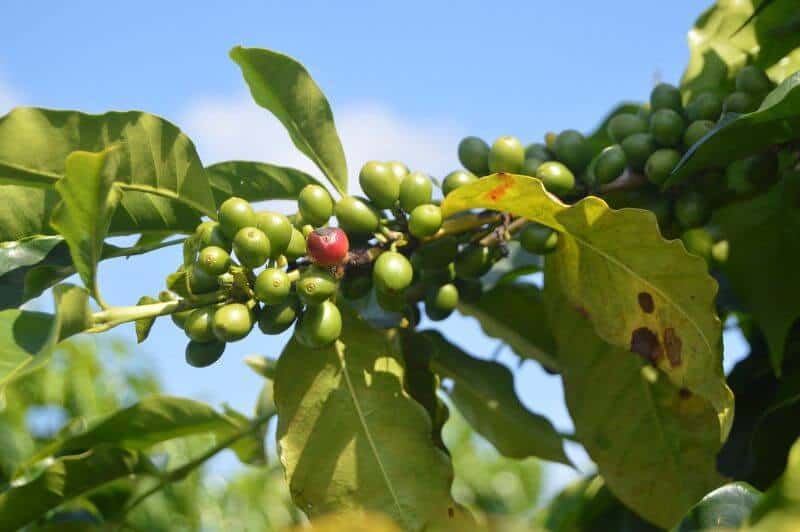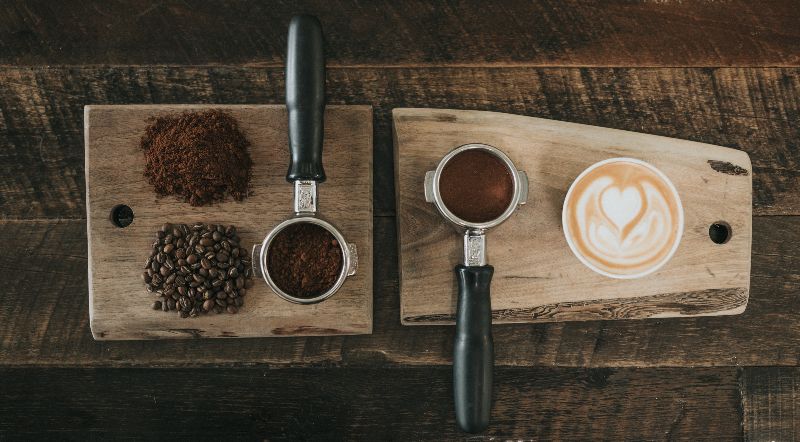Non Coffee Drinker’s Guide To Help You Through The Day. This is something that you will treasure because it will help you learn a lot more about coffee. This rich, flavourful beverage can take many forms, so long as you know how to modulate the recipes.
Coffee is one of the most loved drinks in the world. But what if you haven’t yet joined the ranks of the world’s coffee drinkers? How do you know what to choose? What do you need to know?
This article presents you with some of the coffees to try out if you are talking about non-coffee drinkers. New coffee drinkers often like café lattes, macchiato, mocha, cappuccino, espresso, etc. This guide will also take you through the origin of coffee, different types, the benefits of coffee, and the brewing methods. Read further if you want to know more.
Read on for our non-coffee drinkers’ guide to coffee.
What Are The Origins Of Coffee?

We don’t know for sure where and how coffee was discovered, although many myths have made their way into popular culture.
One story tells of a Moroccan Sufi mystic who had observed birds eating berries while travelling in Ethiopia. The birds appeared to have high energy levels, so the mystic tried the berries and experienced them for himself.
Another story attributes the discovery of coffee to a man who was starving when exiled to a desert cave. He chewed berries from a nearby bush, but they tasted bitter, so he roasted them to improve their taste. Once roasted, however, the beans became hard. He then boiled them, thinking by doing so that they would soften. The result was a brown liquid that gave him vitality and sustenance for days, and when others heard of his discovery, he was invited to return to his country, and he was made a saint.
The most famous story is that of an Ethiopian goatherd who noticed that his goats had too much energy to sleep at night after eating the berries from a particular tree. Upon reporting this to his local monastery, the abbot made a drink with the berries. He discovered that they gave him high vitality levels to help him stay alert during long prayer evenings. The abbot shared his newfound beverage with other monks, and the news spread from there.
If you want to see how coffee spreads throughout the world, you can read about that here.
How To Make Coffee Beans?
Coffee beans are not beans at all. They are berries from coffee plants.
Once these berries are picked, they are then processed and dried.
The ‘beans’ are then roasted (at various temperatures depending on the taste desired). Then they are grounded.
The final step is brewing the ground coffee – at various temperatures and various methods depending on preference – to produce coffee.
What Are The Benefits Of Drinking Coffee every day?
Most of us know that coffee provides a ‘pick me up when we need a boost of energy. But there are other potential benefits to drinking coffee:
- Added nutrition. Although this is negligible, coffee provides traces of magnesium, phosphorus, B vitamins, manganese, and omega-6 fatty acids. Coffee is known to provide more antioxidants than some other beverages.
- An adequate diet aid. Coffee is very low in calories, with black coffee containing about two calories per cup.
- Enhanced athletic performance. The caffeine in coffee can increase levels of adrenaline as well as break down body fat. With increased adrenaline, you may find your endurance improves during exercise.
Is Drinking Coffee Safe During Pregnancy?
You may be aware that there are people who are very sensitive to caffeine, and that when they drink caffeinated drinks such as coffee, they can have trouble sleeping.
Although coffee seems to be perfectly safe for most people, you may not want to indulge for the first time if you are breastfeeding or pregnant, or have any existing medical conditions, including mental health conditions. Children and teenagers are also advised to avoid coffee.
If you have any doubts, consult your doctor before beginning to drink coffee, as it can be addictive. Many coffee drinkers take breaks so that their bodies don’t get too dependent on coffee for energy.
Also, check Negative Caffeine Effects
What Are The Two Types Of Coffee Beans For Non-Coffee Drinkers?

As non-coffee drinkers, if you decide to start drinking coffee, you’ll want to get to know your beans. Experiment with different types to see which you prefer.
Below are the two most common types of coffee beans that every non-coffee drinker should know:
- Arabica Beans – Arabica beans are usually more expensive since they grow at high altitudes and take longer to mature. The taste of coffee made with Arabica beans is generally fruity and a bit sweeter than other coffee beans. This is the type of coffee you’ll often get in speciality cafes and stores. Arabica beans typically come from South America.
- Robusta Beans – Robusta beans are less expensive since they are easier to grow. They have a more pungent, bitter taste, and they contain twice the amount of caffeine as Arabica beans. They are often used in instant coffee. Robusta beans typically come from Indonesia and Africa.
Most Popular Coffee Brewing Methods For Non-Coffee Drinkers
There are many brewing methods, and each one will impact your coffee’s flavour differently.
Being non-coffee drinkers, once you know what type of coffee beans you prefer, try different brewing methods to refine even further your preferred flavour. Here are a few standard techniques:
- Espresso – A machine passes pressurized water through fine coffee grounds. The beans used for espresso are roasted for a long time, and the resulting coffee is thicker than other types of brewed coffee.
- French Press – This method uses a plunger and filter screen and gives an earthy texture to your coffee.
- Drip – This method uses a machine that takes cold filtered water and then warms it up, filtering it through the coffee grounds. The drip method makes for a more subtle flavour of the coffee.
- Pour Over – This method uses a filter with the grounds in it placed over your mug. It allows you to brew only the amount of coffee that you’ll drink right away and provides a richer flavour than drip coffee. This is because you pour the water yourself, usually pouring 10% over the grounds first to release gases before pouring the rest to ensure all the grounds come into contact with the water. You can find a pour-over coffee maker for this method here.
- Cold Brew – The cold brew method brews the coffee overnight, or for up to 24 hours to fully release all flavours. Once your coffee has been brewed, you’ll want to strain it to filter out any remaining grounds. There you have it, now you are a coffee expert and should be ready to experiment. Enjoy your coffee!
We hope you found this complete guide on different coffee drinks for non-coffee drinkers helpful. You can take a print of this blog and keep it at hand to help you out whenever you are stuck in your journey on coffee.
Also Read: Ground Coffee Brands | Coffee Beans For Cold Brew | Non-Coffee Drinker’s Guide | Nescafe Keurig K Cups | Instant Coffee Brands | Organic Coffee Beans | Kona Coffee Beans | Espresso Coffee Beans | Best Decaf Coffee | Best Coffee Beans for Cappuccino
We are here for you if you need any other help. Our site is full of blogs on coffee. For more such informational content on different coffee recipes, coffee beans, and coffee machines, do follow our blog coffeeforus.com
